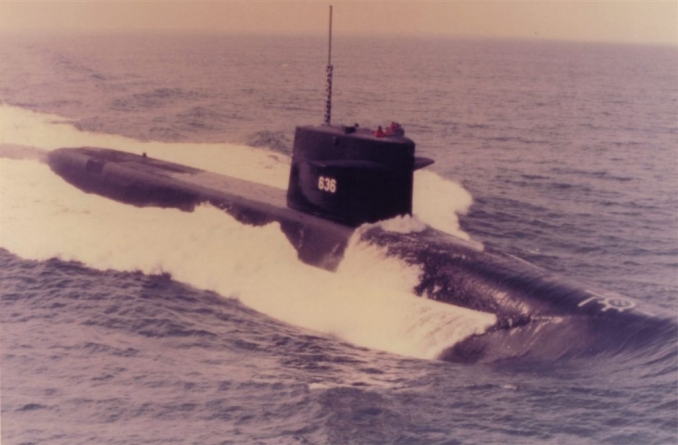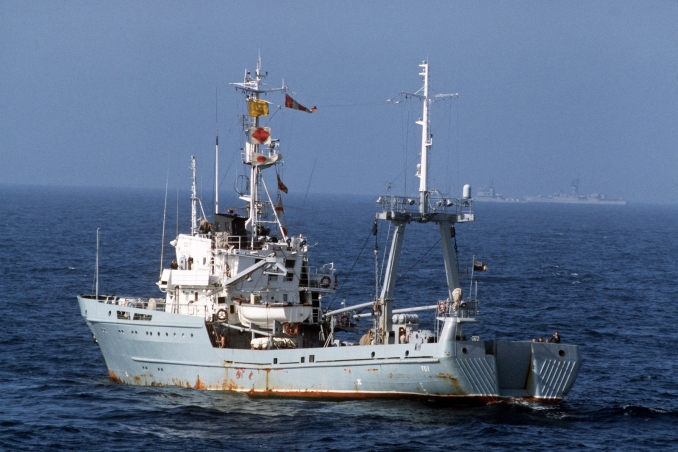Commercial activity makes the Irish Sea a dangerous playground for nuclear submarines
The incident recently reported (after a delay of several months) involving a Royal Navy nuclear submarine and a Ro Ro Ferry reminds us once again of the dangers posed by nuclear submarines activity in the confined area of the Irish Sea.
The Irish (and Celtic Seas) are busy areas commercially and are getting busier in terms of merchant and fishing fleets, wind farms and oil and gas exploration.
Celtic League monitored submarine activity at the time of the Cold War when it was intense. We hoped that intensity had ended with the closure of the US base at Faslane but renewed tensions between the Russian Federation and NATO mean the tempo is increasing.
Nuclear submarines are large beasts the smallest about 7,000 tonnes the largest these days 18,000 tonnes. These vessels are also capable of great speed 25 knots submerged. They can be found anywhere in the Irish Sea when the USS Nathanael Greene (SSBN) lost its propeller in the mid 1980s it was in a comparatively shallow area of sea SE off the Isle of Man in an area of major shipping routes for ferries travelling to and from Ireland. When it ploughed into the sea-bed a years later it was so badly damaged it was eventually returned to the US and scrapped - again the incident happened in a busy sea lane about thirty miles south of the Isle of Man. This involving a vessel with a nuclear reactor and 16 ballistic missiles with multiple warheads.
As in the past current RN and NATO operations promote covert counter measures by the Russians. Back in the days of the Cold war hunter-killer submarines from the Soviet Union covered the approach to the Clyde and also the deep water Beaufort trench down the East coast of Ireland. They were assisted by civilian auxiliary vessels ostensibly ‘trawlers’ but trawlers ‘fishing for electronic traffic’ not seafood (AGIs or Auxiliaries Gathering Intelligence). In Michael Welham and Bruce Quarrie book ‘Operation Spetsnaz’ we recorded their activities. I’m quoted as follows:
“Bernard Moffatt of the Celtic League told us, there is a very fine line between ‘research’ and ‘intelligence’. Indeed the first two vessels to visit Dublin were Alpinist class AGIs” (Source ‘Operation Spetsnaz’ Welham and Quarrie - published by Patrick Stephens Limited 1989)
I was referring to a fishery research deal at the time between the Irish Republic and the then Soviet Union. However as we predicted the research seemed to end with the termination of the Cold war and I haven’t noted any ‘research paper’ published!
Celtic League terminated its military monitoring (of submarine activity) after the Faslane closure. I think everyone governments and NGOs thought there would be an added bonus of maritime safety from the so called ‘peace dividend’. However it seems the Cold War is back and dangerous antics like that led to accidents and tragedies in the 1980s are once again on the agenda.
Image: 1) USS Nathanael Greene (SSBN-636) 8000+ tonnes off steel that came to grief when it struck the seabed in the Irish Sea March 1986 2) Russian Alpinist class AGIs carried out ‘fisheries research’ in the Irish Sea for some years in the 1980s!
Bernard Moffatt
Celtic League Military Monitoring








